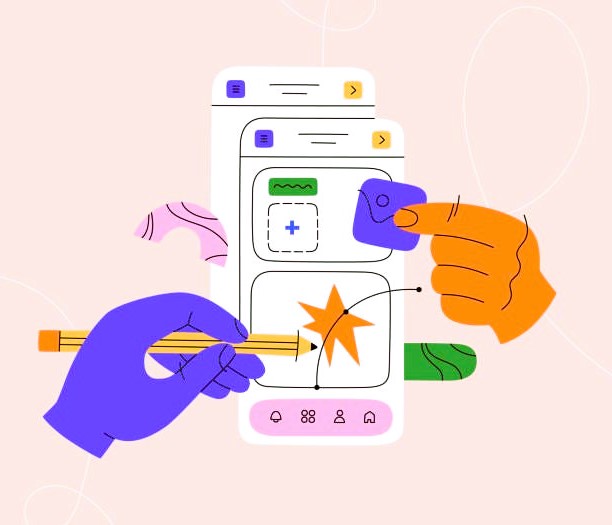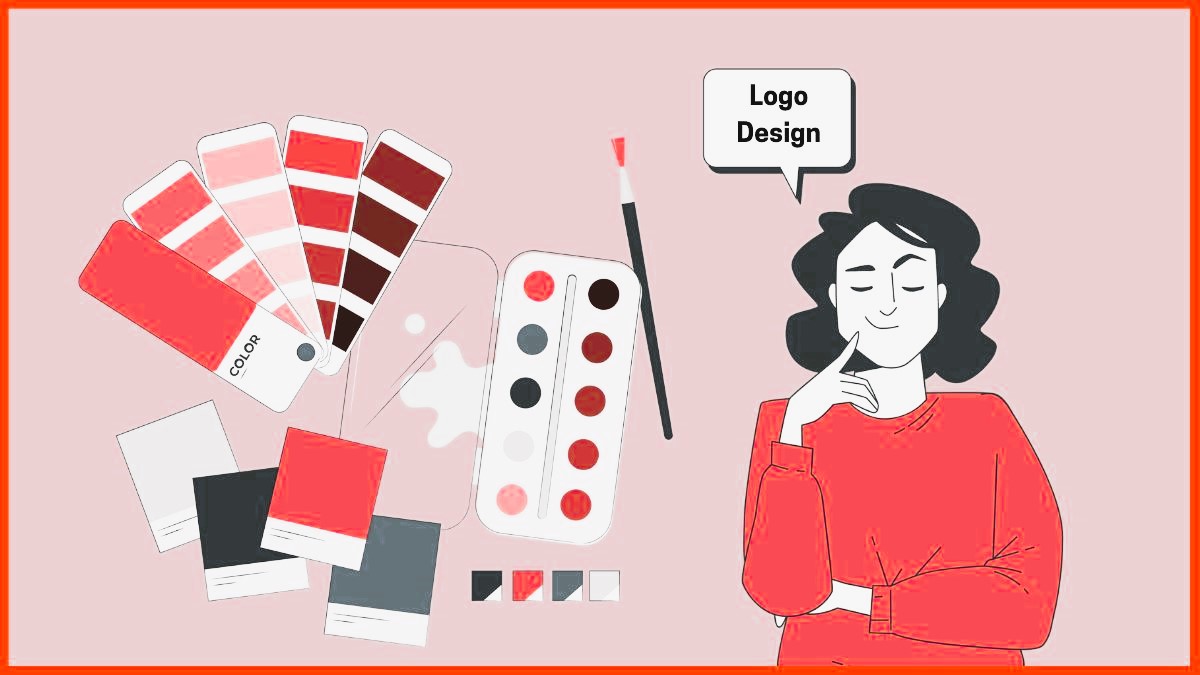In the ever-evolving landscape of mobile applications, success hinges on the ability to understand and cater to the needs of the end-users. User-centric design has emerged as a pivotal factor in determining the triumph of an app in the competitive digital marketplace. This article explores the profound impact of user-centric design on app success and why it should be a top priority for developers and designers.
Understanding User-Centric Design:
User-centric design, also known as human-centered design, places the end-user at the core of the design process. It involves empathizing with users, defining their needs, ideating solutions, prototyping designs, and gathering user feedback for iterative improvements. The ultimate goal is to create products that resonate with users, providing them with a seamless and enjoyable experience.
Key Components of User-Centric Design:

- User Research: Before embarking on the design journey, understanding the target audience is paramount. User research involves gathering insights into user behaviors, preferences, and pain points, forming the foundation for informed design decisions.
- Persona Development: Creating user personas helps designers visualize their target audience. Personas encapsulate key characteristics, goals, and challenges of typical users, guiding the design process with a human-centric approach.
- Usability Testing: Regular usability testing ensures that the design aligns with user expectations. By observing how users interact with the app, designers can identify areas for improvement and refine the user experience.
- Feedback Loops: Establishing channels for user feedback creates a continuous loop of improvement. User opinions, reviews, and suggestions are invaluable in shaping the app’s features and functionality according to user preferences.
The Impact on App Success:
- Enhanced User Satisfaction:
- User-centric design strives to create interfaces that are intuitive and easy to navigate. A seamless user experience translates to higher satisfaction, leading to positive reviews, increased user retention, and word-of-mouth recommendations.
- Increased User Engagement:
- Apps that prioritize user needs are more likely to engage and retain users. By tailoring features to address specific pain points, user-centric design encourages prolonged app usage and deeper engagement. To learn about what’s new in game design in 2024, check out the article “Following the Trends.”
- Reduced User Abandonment:
- Complicated and confusing interfaces contribute to user abandonment. User-centric design minimizes friction points, reducing the likelihood of users abandoning the app due to frustration or dissatisfaction.
- Positive Brand Perception:
- Apps that prioritize user-centric design convey a commitment to user satisfaction and quality. This positive perception not only boosts the app’s reputation but also enhances the overall brand image.
- Optimized Conversion Rates:
- A user-centric approach extends to optimizing conversion paths. By understanding user behaviors, designers can streamline the conversion process, increasing the likelihood of users taking desired actions within the app.
Case Studies:

To exemplify the impact of user-centric design, let’s explore two notable case studies:
- Instagram:
- Instagram’s success can be attributed to its user-centric design, focusing on simplicity and visual appeal. The platform evolved based on user feedback, introducing features like Stories and IGTV to keep users engaged.
- Uber:
- Uber’s user-centric design prioritizes convenience. The app’s intuitive interface, real-time tracking, and straightforward payment process contribute to a positive user experience, setting it apart in the competitive ride-sharing market.
Conclusion:
In the competitive realm of mobile applications, success is not solely determined by features and functionalities. A user-centric design approach is the key differentiator, ensuring that the app aligns with user expectations, preferences, and behaviors. By prioritizing user satisfaction and engagement, developers and designers pave the way for sustained success in an ever-evolving digital landscape.
For further exploration of user-centric design principles and methodologies, visit IGN.




